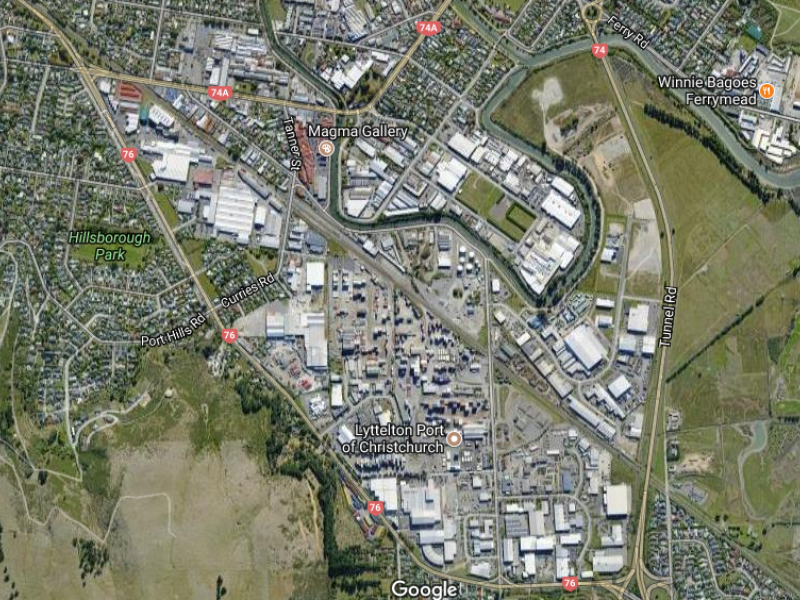A common cold will leave you with a lingering headache. The flu will leave you with muscle aches and your body hitting temperatures hotter than the kettle, yet colder than water from the tap after a fresh frost. Believe it or not, there’s one disease that has all these symptoms which few people know about. It could almost be described as pneumonia’s ugly stepsister, leaving a painful effect psychologically. It definitely likes to make itself known too. A whopping 129 cases were reported in the first 5 months of this year.
21 of those in Canterbury.
It leaves people bed-ridden for weeks and it sends people to the grave. New Zealand also happens to have the highest reported incidence of the disease globally.
Legionnaires’ (LEE-JAN-EARS) has existed for many years, and was barely recognized by health professionals until around 20 years ago. There’s no doubt it’s being left misdiagnosed on a regular basis, especially given the only way to find out if someone has Legionnaires' is by coughing up some form of saliva in an already dry throat.
University of Otago (Canterbury) Professor Stephen Chambers said the only form of sampling is less than ideal, as it leaves just one very difficult option for patients to determine their health.

